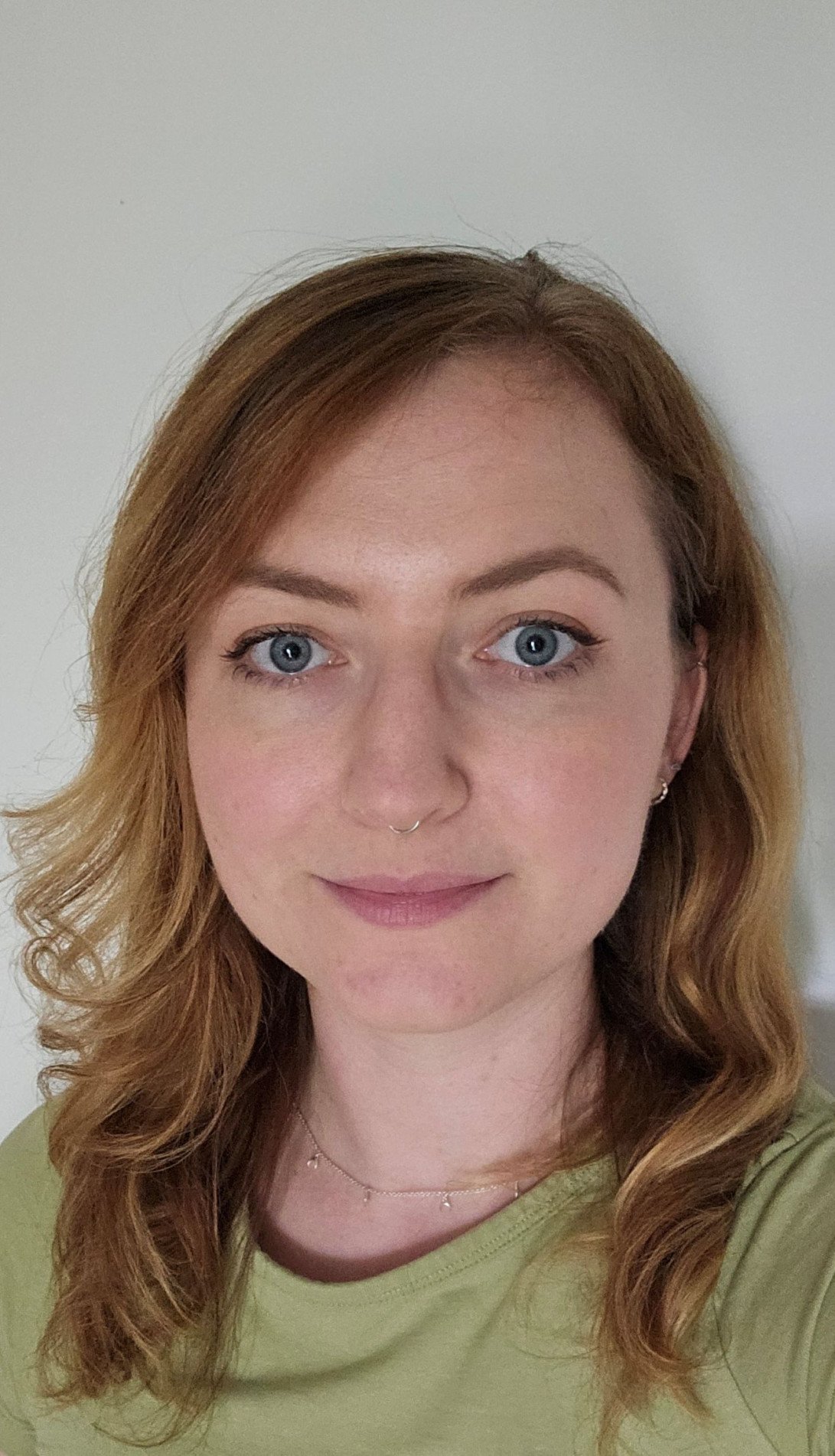Imagine feeling profoundly alone, not because you reject company, but because the very act of seeking it leaves you utterly depleted.
This is the emotional paradox often experienced by autistic adults, who report higher rates of loneliness than their non-autistic peers.
New research, using a qualitative approach with 203 autistic adults in the United Kingdom, explores the lived experiences of this phenomenon.
The thematic analysis aimed to move beyond statistics to understand how autistic adults define, manage, and overcome their feelings of isolation.
The findings reveal a persistent cycle, dubbed the “paradoxical loneliness loop,” that is critical for non-autistic individuals and clinicians to understand.

Key Points
- Loneliness in autistic adults stems from an internal conflict: a deep desire for social connection clashing with the difficulty and exhaustion of social interaction.
- Key barriers to connection include sensory environments, a lack of societal understanding of autism, and difficulties in finding shared understanding with non-autistic people.
- Meaningful relationships, particularly with other autistic people or pets/animals, are essential for emotional connectedness.
- One coping strategy involves accepting one’s autistic identity and “letting go of resistance” to the reality of loneliness as an experience.
- Support efforts should focus on promoting self-acceptance and creating inclusive, low-energy social opportunities, especially with like-minded individuals.
The Unspoken Conflict Between Desire and Energy
The study identified the central theme as an “Internal conflict between the desire for, and barriers to, social connection”.
Participants described being “trapped in a no-win situation”. They crave connection, but social interactions are often “mentally and physically exhausting”.
This exhaustion forces them to avoid socializing to protect their well-being, which then feeds the loneliness, creating a vicious cycle.
For these individuals, being alone is a choice for recharging, but loneliness is the unwanted, burdensome feeling that creeps in when the need for connection goes unmet.
This highlights that a retreat from social interaction is often a survival strategy, not a sign of reluctance to engage.
Barriers Built by Society, Not Self
The participants highlighted that the struggle is heavily influenced by external factors, not inherent personal flaws.
These factors act as formidable barriers to connection for autistic adults.
- Sensory Overload: Social environments are often disabling due to excessive noise, light, or general activity, making interactions “stressful, tiring and physically draining”.
- Lack of Understanding: A lack of societal understanding and acceptance of autism means autistic people feel they are living in a foreign culture that disregards their needs. This perceived lack of acceptance is a core contributor to feelings of isolation.
- The Mismatch of Experience: Many participants spoke of “not fitting in” or feeling “completely shunned” because of a lack of shared understanding and experiences with neurotypical people. This paradox means that being in a group can actually make them feel more lonely, as they are constantly pressured to mask or hide who they are.
Finding Sanctuary in Meaningful Relationships
The research underscored the importance of meaningful relationships—quality over sheer quantity. Autistic adults found emotional connectedness through specific, low-demand avenues.
A critical strategy was connecting with similar others. This involved seeking out people through shared interest groups or autism peer support groups, often found online.
Connecting with fellow autistic individuals fosters a sense of belonging and authenticity.
Equally vital was spending time with pets/animals. For some, pets are not a “second best choice,” but a source of unconditional love and a reduction in loneliness.
However, the reliance on a single, close confidante often led to a fear of losing that person.
When this “one person” (a parent, spouse, or partner) is unavailable, the loneliness can feel absolute.
The Power of Self-Acceptance
Finally, a key to alleviating loneliness was coming to terms with the realities of the autistic experience. This involved accepting one’s autistic identity.
For many, gaining self-understanding helped them become “more secure” and choose connections more carefully.
Some participants found relief in letting go of resistance to loneliness. By accepting it as a part of their life, the distressing emotion itself lessened.
This often developed with maturity, as participants reported caring “less about being lonely as I get older”.
Why it Matters
These findings are crucial for transforming how society addresses loneliness in autistic adults.
The work challenges the assumption that the goal is simply to force more social interaction; instead, it demands a focus on quality and acceptance.
For clinicians, support efforts must shift away from individual “fixing” to encompass societal change and environmental accommodations.
This includes promoting self-understanding and offering low-energy social opportunities with like-minded individuals, such as online groups or interest-based clubs.
For everyday readers, the research provides a language—”internal conflict”—to describe a deeply challenging experience.
Understanding this paradox can foster greater empathy and encourage non-autistic people to be more accommodating, accepting, and intentional about creating genuinely inclusive relationships.
The goal isn’t just to make autistic people less lonely, but to create a world where they feel accepted and understood, enabling true connection without the cost of complete exhaustion.
The Double Empathy Problem: It’s Not a Deficit, It’s a Mismatch
For a long time, social difficulties in autism were viewed as a one-sided issue: that autistic individuals lacked “theory of mind“—the ability to intuit the thoughts and feelings of others.
The double empathy problem completely flips this script.
Coined by autistic researcher Dr. Damian Milton, this theory suggests that when people with very different ways of experiencing the world interact, a breakdown in mutual understanding can occur in both directions.
- It’s a “Double” Problem: It’s difficult for autistic people to interpret non-autistic communication and social cues, and it’s equally difficult for non-autistic people to understand and empathize with the way autistic people communicate and experience the world.
- A Difference, Not a Deficit: Autistic ways of communicating (such as being direct or using a different tone) are often just different, not wrong or deficient. However, because non-autistic communication is the societal norm, it often leads to the autistic person being stigmatized or excluded.
- The “Culture Gap”: You can think of it like a cultural or language gap. When you interact with someone from a different culture, misunderstandings are common because of different social norms and expectations. The same applies across neurotypes.
How It Fuels Loneliness
This mismatch explains many of the study’s findings on the barriers to connection:
- Lack of Shared Understanding: The double empathy problem creates the feeling of “not fitting in” and being fundamentally misunderstood that the participants reported. Non-autistic people may struggle to empathize with autistic sensory differences or a need for specific instructions, leading to friction.
- The Power of Similar Others: The theory predicts that people with similar experiences will more easily connect. This strongly supports the study’s finding that autistic adults feel a sense of belonging and authenticity when connecting with similar others. In fact, research shows that autistic-autistic interactions often have better rapport and communication effectiveness than cross-neurotype interactions.
Ultimately, the theory shifts the responsibility for successful communication from solely the autistic individual to one of mutual effort and reciprocity between both parties.
Reference
Grace, K., Remington, A., & Crane, L. (2025). “Trapped in a no-win situation”: a qualitative exploration of autistic adults’ experiences of loneliness. Autism in Adulthood. https://doi-org/10.1177/25739581251382389


